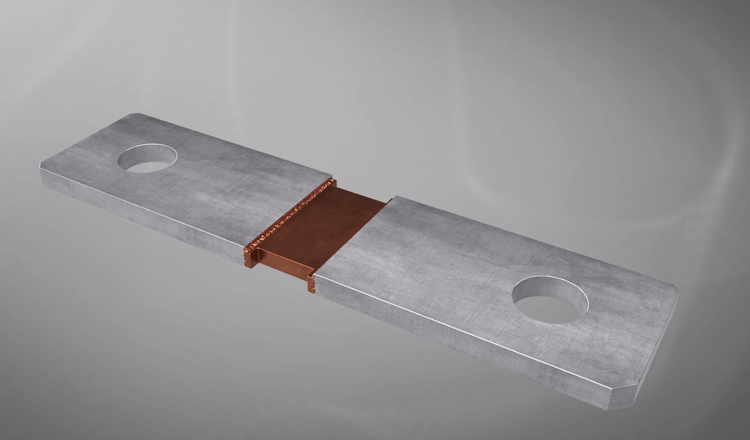| Typ | Bild | Beschreibung | Bauform | Leistung | Toleranz | TK | Widerstand (min) | Widerstand (max) | Download |
| BAL | Präzisionswiderstand z. B. für Batteriemanagement-Systeme oder Energiespeichersysteme. | 5216 (metrisch) | 12 W | 5 % | 20 ± 40 ppm/K | 0.0001 Ω | 0.0001 Ω | Download | |
| BAN | Präzisionswiderstand z. B. für Batteriemanagement-Systeme oder Energiespeichersysteme. | 8436 (metrisch) | 36 W | 5 % | 100 ppm/K | 0.000025 Ω | 0.000025 Ω | Download | |
| BAS | Präzisionswiderstand z. B. für Batteriemanagement-Systeme oder Energiespeichersysteme. | 8420 (metrisch) | 36 W | 5 % | 50 ppm/K | 0.000035 Ω | 0.0005 Ω | Download | |
| BAV | Präzisionswiderstand z. B. für Batteriemanagement-Systeme oder Energiespeichersysteme. | 8420 (metrisch) | 36 W | 5 % | 50 ppm/K | 0.000035 Ω | 0.0001 Ω | Download | |
| BAX | Präzisionswiderstand z. B. für Batteriemanagement-Systeme oder Energiespeichersysteme. | 8436 (metrisch) | 50 W | 5 % | 50 ppm/K | 0.000005 Ω | 0.00002 Ω | Download | |
| BKW | 4-Leiter-Präzisionswiderstand z. B. für Energiezähler / kWh-Zähler. | 2919 (metrisch) | 3 W | 5 % | 20 ppm/K | 0.0003 Ω | 0.0005 Ω | Download | |
| BSN | Analogsensor für Batteriemanagement-Systeme oder Energiespeichersysteme. | 8436 (metrisch) | 36 W | 5 % | 50 ppm/K | 0.000025 Ω | 0.000025 Ω | Download | |
| BSS | Analogsensor für Batteriemanagement-Systeme oder Energiespeichersysteme. | 8420 (metrisch) | 20 W | 5 % | 50 ppm/K | 0.00005 Ω | 0.0001 Ω | Download | |
| BVD | Präzisionswiderstand für kWh-Zähler und Batterieladegeräte. Stromanschluss über Gewindebolzen. | 3512 (metrisch) | 3 W | 5 % | 50 ppm/K | 0.0005 Ω | 0.0005 Ω | Download | |
| BVM-F | Präzisionswiderstand für kWh-Zähler und Batterieladegeräte. Stromanschluss über Gewindebolzen. | 3516 (metrisch) | 5 W | 5 % | 50 ppm/K | 0.0001 Ω | 0.0005 Ω | Download | |
| KVM | Präzisionswiderstand für Bateriemanagementsysteme und Batterieladegeräte. | 3516 (metrisch) | 7 W | 5 % | 50 ppm/K | 0.00005 Ω | 0.0001 Ω | Download |
Merkmale
- Dauerleistung bis 30 W
- Dauerströme bis 350 A
- Sehr gute Langzeitstabilität
- Hohe Strom- und Pulsbelastbarkeit
- Niederohmige Stromsensoren
- Aus elektronenstrahlverschweißtem Verbundmaterial
- RoHS-konform
Vorteile
- 4-Leiter-Anschlusstechnik
- Geeignet für Löttemperaturen bis 350 °C (gilt nicht für BAC)
- Bauteile sind bei sachgemäßer Handhabung nahezu unzerstörbar
- Löt- und schweißbar
- Sehr niedrige Widerstandswerte möglich
Alle Angaben stellen die bestmögliche Ausprägung dar.

